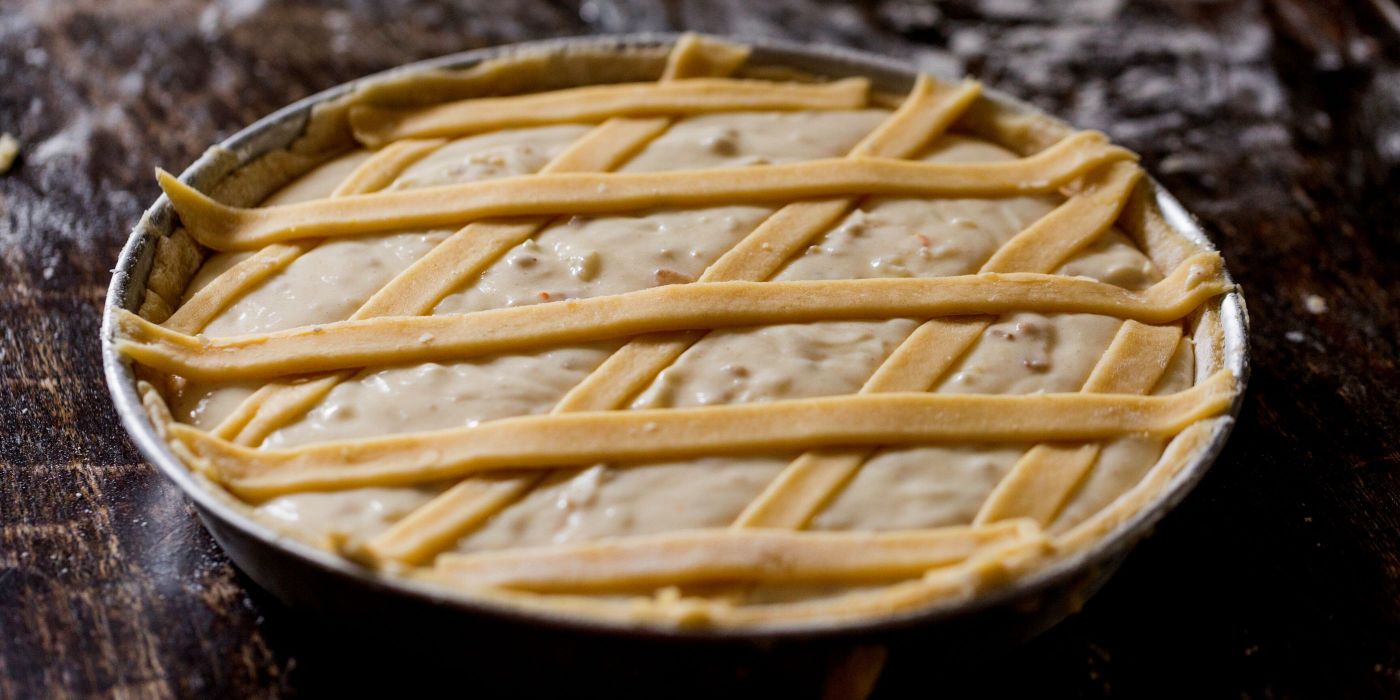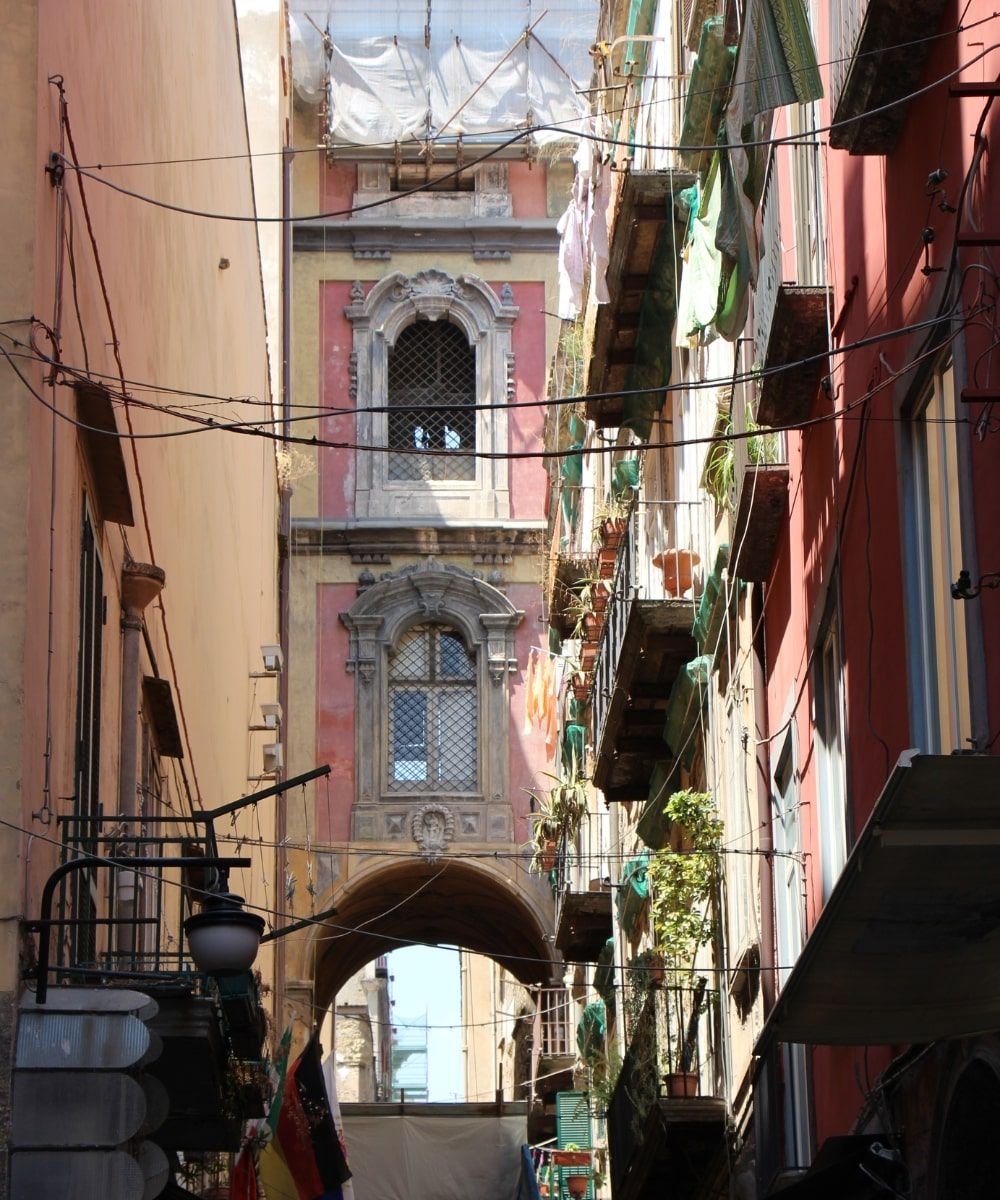“Are you going back to Naples? Please, let me taste your pastiera, I am begging you!”
Pastiera is a real cult of the Neapolitan culinary tradition.
It catches and attracts the curious and gluttonous; that’s why, between one mouthful and another, you wonder how such a simple and sumptuous delicacy could have been conceived.
In this article, we will try to trace the origins and history of this iconic Neapolitan dessert, which you won't want to taste on your next trip to Naples.
Shall we start?
Visit Naples with Naples Pass
The myth: a tribute to the mermaid Partenope

The flavours of the “pastiera di grano” are so intricate and complex; apparently, they seem to evoke the typical tastes of the court cuisine. Essentially, we can bring up this Neapolitan recipe at the Roman times, or, probably, to Greek history.
Some ancient legends tell of seven sumptuous gifts offered to Partenope, a recurring mermaid in the myths, who sprayed the Gulf of Naples with her beautiful voice and melody.
Flour, ricotta, eggs, wheat (cooked in milk), orange blossom and sugar: the mermaid was celebrated through these elements - in the sign of wealth, abundance, and fertility. Partenope mixed all these ingredients, with reverence: she created the timeless “dessert”, the "pastiera", capable of inebriating the Neapolitan gulf.
Pastiera was bor in a convent

A nun, a lot of time ago, wanted to be able to combine the typical ingredients of the Neapolitan kitchens (eggs, ricotta and wheat) with orange blossoms - coming from Asia.
Thus, it was that, from a convent kitchen smelling of flowers, one of the most loved and revisited sweets of the Italian food and wine culture was born.
The historical recipe

However, primary elements and fundamental processes remain identical.
The pastry is prepared with flour, eggs, lard or butter and granulated sugar.
For the filling you need milk, ricotta, cheese, sugar, wheat grains, butter, candied fruit, eggs, vanilla, vanillin, orange and lemon zest, orange blossom water and ground cinnamon.
Neapolitan pastiera today: the non-epilogue of a timeless love

Living slowly, making the eternity out of a second: this is what we instinctively want to do when we taste, excited, a dish capable of taking us back in time. And that’s what happens to us when we put our noses close to the fragrant wheat pastiera.
Closing our eyes, we find ourselves in our grandmothers’ kitchens; our noses, still turned to the floured kitchen tables, are helmsmen, amidst wonderful smells. Expert hand master brightly coloured mushes. We try to touch everything; we try to taste with our mind too. We feel ecstatic.
This is the power of our immense culture. We have the ability to imbue every tradition with extremely powerful and emotional references; there is beauty in our immortal reminiscences because every memory is so full filled with flavours and textures. Dishes, food, recipes: a multitude of tastes are crystallized in bites of life and memories. This is the richness in love and warmth.
This is, therefore, the reason why they incessantly ask us to export “ruoti” - or trays - and dishes of passion. Our traditions transform their selves in filled shortcrust pastry - and we are happy about it.
About the author
Written on 12/02/2023




Teresa Borriello
Neapolitan Pastiera is a timeless cake with an unmistakable flavour. Discover all its secrets with us.